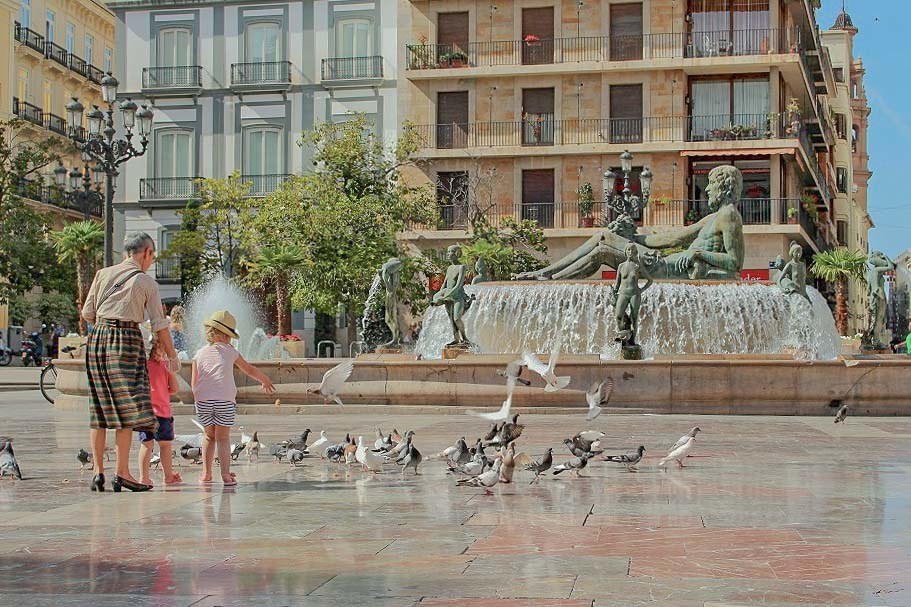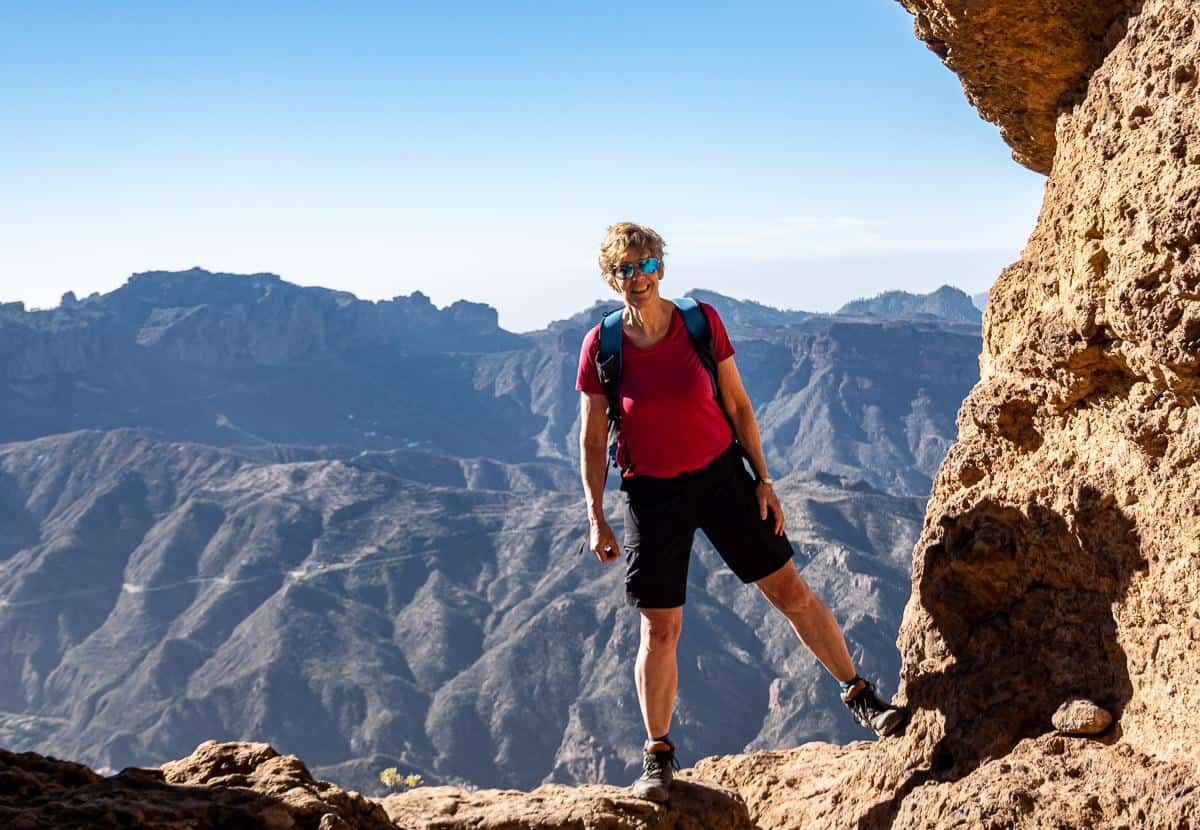What Is Eid al-Adha? Meaning Behind the Important Muslim Holiday
6 min read
Table of Contents
Are you wondering, “What is Eid al-Adha?” For starters, Eid al-Adha is the largest Muslim holiday of the year, which is why it’s sometimes called “The Greater Festival.”
There are two major Muslim holidays per year, each preceded by a set of holy days. The first holiday is Eid al-Fitr, which takes place after the holy month of Ramadan. This year, in 2023, Ramadan was from March through April. The second holiday is Eid al-Adha, which is coming up this month and is preceded by the Hajj pilgrimage.
The Hajj pilgrimage takes place in Makkah, Saudi Arabia and its nearby surrounding cities. It’s a five-day outdoor camping trip with several rites and rituals including a sacrifice of red meat, typically sheep or cattle. The rituals of Hajj are all based around Prophet Abraham (or Ibrahim), his wife, Hajar, and their son, Prophet Ismail. Muslims follow in Abraham’s footsteps as the forefather of Abrahamic religions. Muslims believe that Prophet Abraham’s religion and their religion are the same.
As with Ramadan, Hajj is a pillar of Islam — it is the last of the five pillars. Like Prophet Abraham, the underlying theme that Muslims try to emulate in the Hajj pilgrimage is monotheism. Islam is a monotheistic religion with five main pillars of practice: witnessing that there is only one God, establishing five daily prayers, fasting the month of Ramadan, giving yearly charity, and performing Hajj. Any healthy, adult Muslim who can afford to travel is obligated to perform Hajj once in their lifetime.
Although the Hajj pilgrimage only takes place in a certain geographic location, Eid al-Adha is celebrated by Muslims worldwide. In this article we’ll take you through what Eid al-Adha means, its significance, and how it is celebrated.
When is Eid al-Adha?
This year, the date for Eid al-Adha is Thursday, June 29, 2023. The date of Eid al-Adha changes every year on the Gregorian calendar but remains the same on the Islamic calendar. The Islamic calendar is a fully lunar calendar which means that with a solar Gregorian calendar, the dates shift back about 10 days every year. On the Islamic calendar, Eid al-Adha takes place on the tenth day of the twelfth and final month. Specifically, it takes place on the 10th of Dhul Hijjah.
What does Eid al-Adha mean?
Eid al-Adha translates to “Feast of Sacrifice” or “Festival of Sacrifice.” To break down each word of the Arabic name, Eid means “feast” or “festival” (or “holiday” in modern lingo); al is a grammar particle that means “of” in this context; and Adha means “sacrifice.”
What is the significance of Eid al-Adha?
The significance of Eid al-Adha is that it commemorates Prophet Abraham, Hagar, and Ismail’s trust in God.
Islam teaches that our life on earth is a test of our faith in God — and we’ll find out how we did on the test after death on the Day of Judgement. Tests are given in accordance to an individual’s capacity and level of knowledge. The purpose of these tests is to bring the individual higher and higher in rank so that ultimately they get to know God properly, The Creator, to whom we belong and to whom we return.
After Prophet Abraham had been tested by God many times, he reached a position where he had intimate knowledge of just how good God is. So in accordance with Prophet Abraham’s capacity, his next test was an even mightier one: to sacrifice Ismail, his son with Hagar.
As recited in the Quran:
Then when the boy reached the age to work with him, Abraham said, “O my dear son! I have seen in a dream that I [must] sacrifice you. So tell me what you think.” He replied, “O my dear father! Do as you are commanded. God willing, you will find me steadfast.”
Then when they submitted [to God’s Will], and Abraham laid him on the side of his forehead [for sacrifice],
We called out to him, “O Abraham!
You have already fulfilled the vision.” Indeed, this is how We rescue the good-doers.
That was truly a revealing test.
And We ransomed his son with a great sacrifice,
and blessed Abraham [with a legacy] among later generations:
This is how We reward the good-doers.
He was truly one of Our faithful servants.
37: 102-111
Celebrating Eid al-Adha every year is a symbolic reminder to trust that God is good and follow God’s Revelation even if we don’t understand the wisdom behind the Revelation at first. For Prophet Abraham, being a prophet, his dreams (or true visions) were a part of his Revelation. Today, as Muslims, we defer to the Revelation of the Quran.
As we each go through tests in life according to our capacities, Eid al-Adha reminds us to remain hopeful. God will rescue us from our difficulties and reward us with happiness, because that’s who God is.
How is Eid al-Adha celebrated?
Eid al-Adha is celebrated similarly to Eid al-Fitr: Charity, dressing up, attending Eid prayer, reciting the Eid takbir, and enjoying a feast are traditions shared by both holidays.
The charitable element, however, looks quite different between the two. On Eid al-Fitr, shelf-stable foods, such as grains and dried fruit, are donated to needy Muslims. On Eid al- Adha, halal red meat is donated to needy Muslims. For many Muslims globally, it’s one of the few times of the year — if not the only time of the year — that they have a chance to enjoy meat protein.
As a sacrifice of their wealth, those who can afford to buy livestock animals such as goats, sheep, camels or cows, are required to buy them and distribute the meat from the animal into thirds. One third of the animal’s meat goes to the needy; another third of the meat is distributed to family, friends and neighbors; and the last third of the meat is used at home.
The inedible byproducts of the animal are also donated to the needy so they can sell the natural materials and bring in some money to support their families; or so they can use the animal byproducts for their own household needs.
It’s important to note, the animal sacrifice is not an offering to God. It’s a symbol of demonstrating piety: “It is neither their flesh nor their blood that reaches God, but what does reach Him is your God-consciousness[…]” 22:37.
Eid al-Adha traditions
Another tradition surrounding Eid al-Adha is honoring pilgrims before they leave for Hajj or as they safely return home from Hajj. Completing Hajj is a big milestone in a practicing Muslim’s life, akin to a graduation or a marriage. Family and friends might use the opportunity to shower the pilgrim with gifts and well wishes or throw them a congratulatory party!
Eid al-Adha food
While the earlier Muslim holiday, Eid al-Fitr, is also known as the Festival of Sweets, Eid al-Adha is a bit different. The sacrifice of red meat tends to mean that more savory foods are consumed this holiday, particularly those that involve red meat. This means that dishes such as goat curry, lamb kebabs, beef burgers, steak, and similar foods are front and center. BBQ foods are most popular for Eid al-Adha, but each Muslim culture celebrating the holiday has their own recipes for what to serve on Eid al-Adha. This can range from a number of regional delicacies that might seem strange to some, such as the brains, tongue, or even feet from the sacrificial cow or sheep.
Manal Aman is a lifestyle expert and founder of Hello Holy Days! where she designs fun products for Muslim holidays. She’s licensed her art to retailers like Crate & Kids and American Greetings and her products can be found all across North America at stores like Paper Source in the US and Indigo! in Canada. She’s worked with Martha Stewart, Real Simple, Better Homes & Gardens, Chatelaine and countless other media sites over the past decade sharing inspiring ideas and helpful tips for celebrating Muslim holidays. You can find her over at www.helloholydays.com and @helloholydays on social media.






